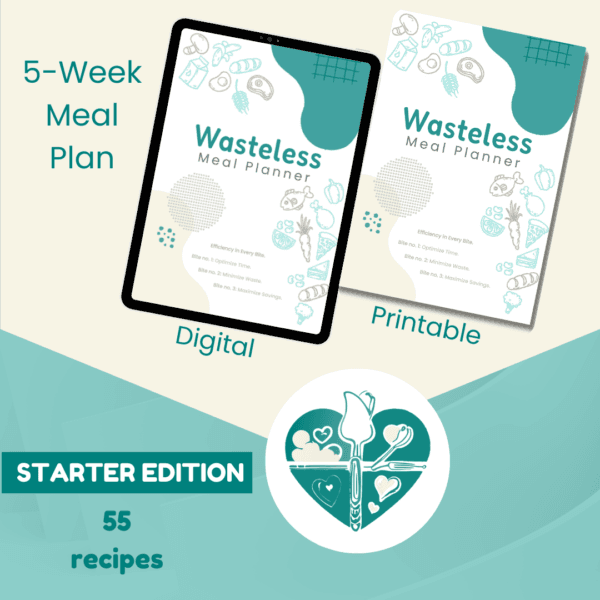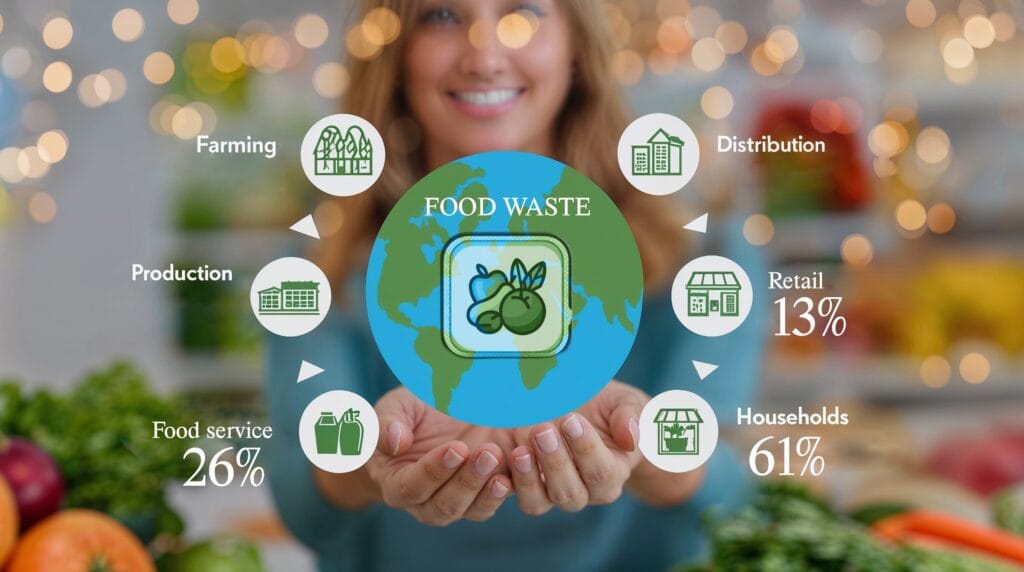
In developed nations, a significant portion of food waste occurs at the consumer level. Whether it’s food expiring in refrigerators, overbuying at the grocery store, or cooking too much, households play a critical role in the overall waste problem.
Food waste is a pressing global issue, impacting both the environment and food security. According to the Food and Agriculture Organization (FAO), nearly one-third of all food purchased in grocery ends up in landfills.
Food waste results in the squandering of valuable resources such as water, energy, and land, which are used in the production of food. Moreover, it contributes to greenhouse gas emissions and environmental degradation.
Efforts to address food waste can have far-reaching benefits. By reducing waste at the household level through better meal planning, proper storage, and conscious consumption, individuals can play a crucial role in mitigating this issue. Furthermore, initiatives to redirect surplus food to those in need can help alleviate food insecurity and hunger in communities. Businesses, policymakers, and consumers all have a part to play in tackling food waste through innovative strategies, sustainable practices, and greater awareness.
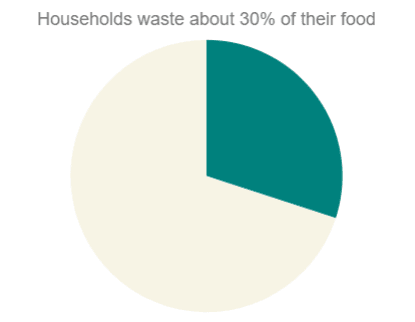
This is where the power of meal planning becomes evident. Thoughtful meal planning helps reduce waste by enabling individuals and families to purchase only what they need, cook efficiently, and repurpose leftovers. Moreover, with the rise of digital meal planning tools and apps, more people recognize the benefits of planning meals ahead of time—not just for convenience but also to minimize their ecological footprint.
The Role of Meal Planning in Reducing Food Waste
Meal planning plays a crucial role in tackling the issue of food waste at the household level. A well-structured meal plan allows people to:
- Buy What They Need: When consumers plan their meals, they are more likely to create targeted grocery lists, preventing impulse purchases and overbuying. According to research, individuals who plan meals spend less time shopping and waste less food compared to those who don’t.
- Optimize Food Usage: Planned meals help make the most of ingredients by repurposing leftovers, batch cooking, and ensuring that nothing goes to waste. For example, using leftover chicken from a Sunday roast for sandwiches or salads throughout the week reduces the risk of food spoiling.
- Reduce Time and Energy Spent: Meal planning helps streamline the cooking process. By knowing in advance what to prepare, you save time on decision-making and avoid multiple trips to the store. This also means less food goes bad while you ponder what to cook.
- Balance Nutrition and Budget: A structured meal plan helps households save money by eliminating unnecessary purchases and making use of all the food they buy. This not only minimizes waste but also ensures a balanced diet by keeping track of what is being consumed.
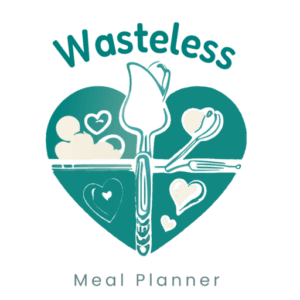
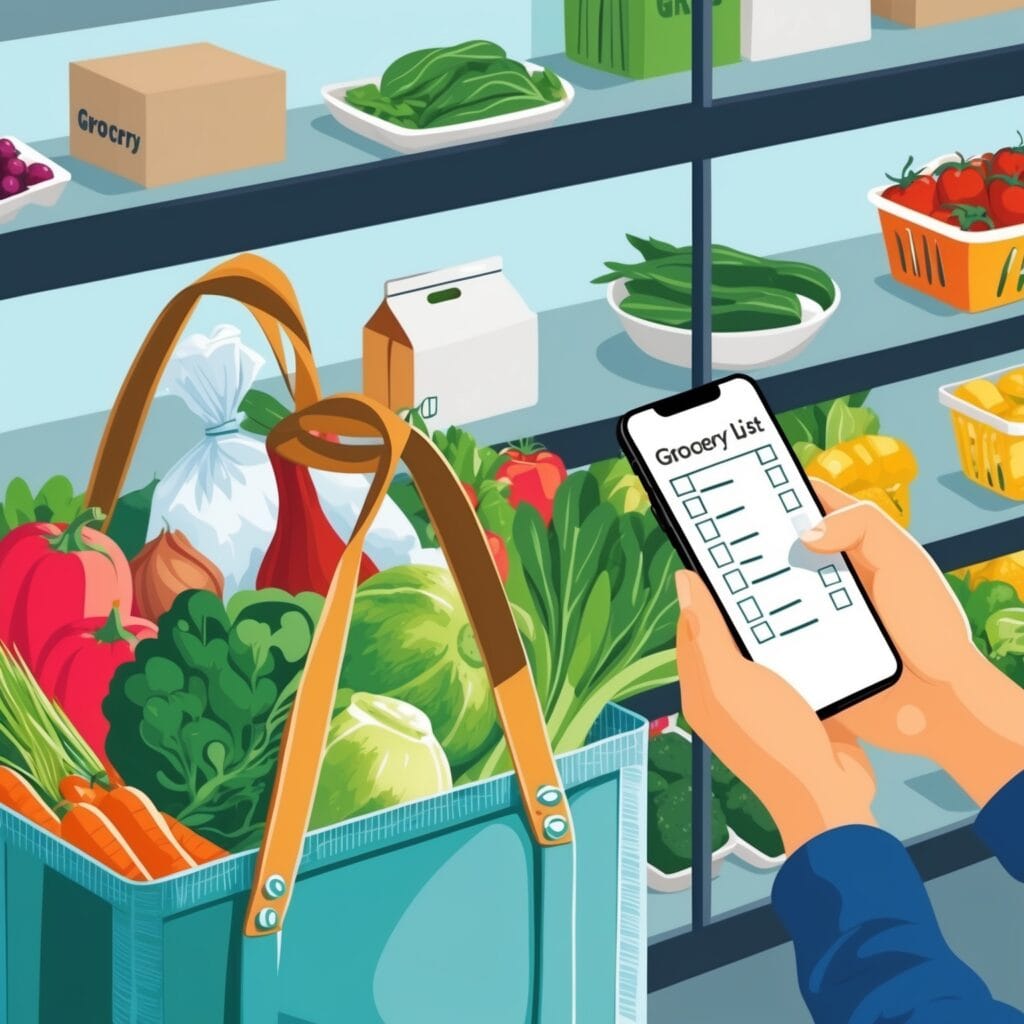
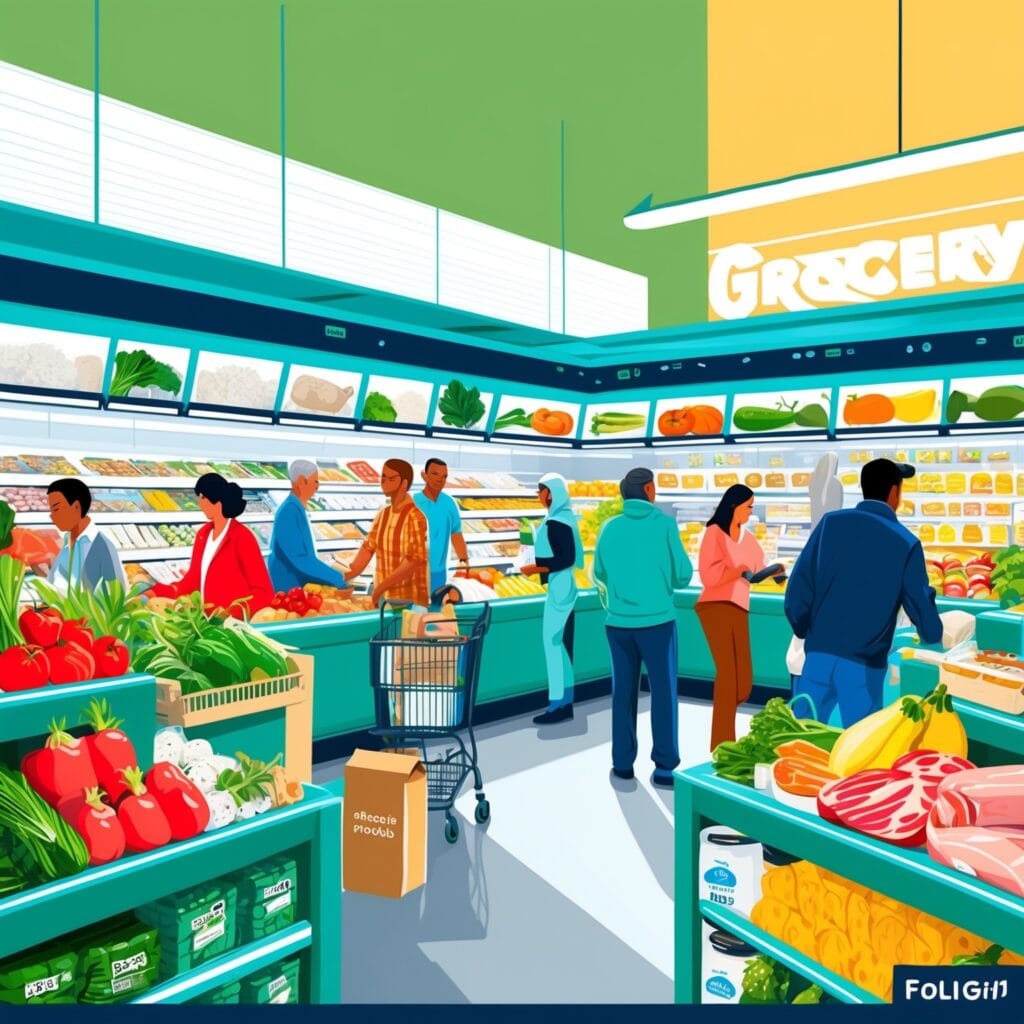
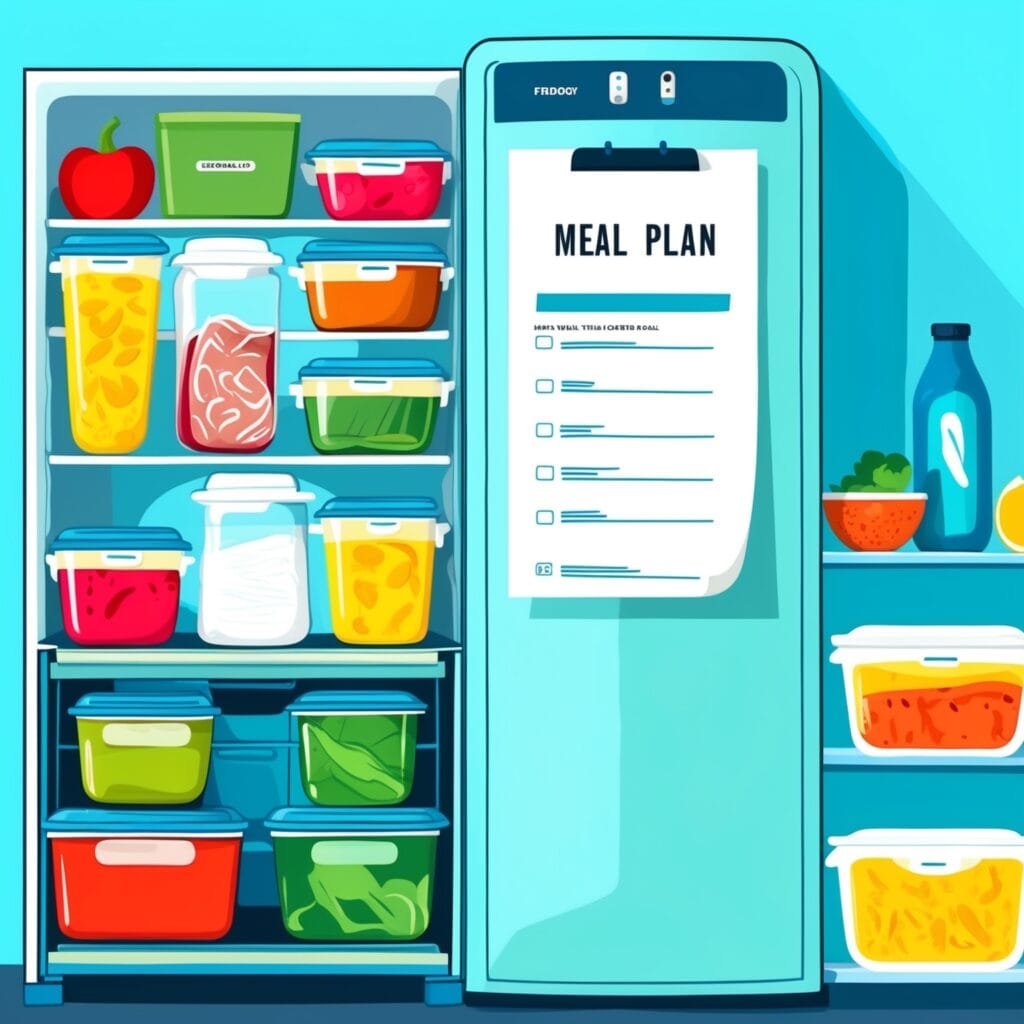
The Contribution of Wasteless Meal Planner
One example of a tool designed to minimize food waste is the Wasteless Meal Planner. This comprehensive meal planning solution is not only about convenience but also about reducing food waste through strategic planning. By offering ready-made meal plans (11 weeks in the FULL EDITION, and 5 weeks in the STARTER EDITION), users can access pre-organized grocery lists and recipes that are optimized to make the most of every ingredient. This ensures that no food goes unused and fewer items end up in the trash.
FULL EDITION
Ideal for those seeking long-term structure and maximum variety. Features a complete 11-week ready-made meal plan.
STARTER EDITION
Perfect for those wanting to try the system or preferring shorter planning cycles. Includes a concise 5-week ready-made meal plan.
The Wasteless Meal Planner incorporates batch cooking and recipe combos, which means that dinners are paired with lunches, using shared ingredients efficiently. For example, a dinner recipe might yield enough food for both a meal that night and for lunch the following day. This repurposing reduces the chances of food spoiling in the refrigerator, a common source of waste.
Additionally, the Wasteless Quantity method allows users to cook extra portions intentionally, freezing some for later or preparing lunches in advance. With interactive digital tools and printable templates, the planner makes it easy for users to track what they have in their pantry, fridge, or freezer, which further limits overbuying.
By employing tools like the Wasteless Meal Planner, individuals can drastically cut down on their food waste. Whether it’s through more efficient shopping, optimized ingredient use, or simply being more conscious of what’s already available in the kitchen, meal planning is an actionable step anyone can take toward a more sustainable lifestyle.

